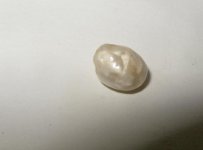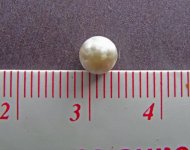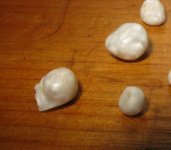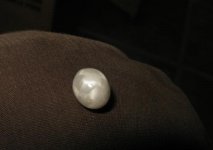pierrettedE
New Member
Hi Steve, thanks! (though I would counter -quietly- that "king" is possibly more of a -by location and chance-due to the limited knowledge of pearls in general I have observed from the company) The pearls are bought for pennies and no real information is offered to the fishers, while the actual jewellery "designs" are little more than economical and commercial settings that can be found in most stock setting catalogues.
I truly wish I had more time and energy to put into designing, but that is not possible at this time. Moreover, most of my interest lies in the pearls and their story these days and less in the design surrounding them.
Needless to say, I will not be referring this couple to the above named (wow! I think I just stuck up for myself!
(wow! I think I just stuck up for myself!  )
)
PdE
I truly wish I had more time and energy to put into designing, but that is not possible at this time. Moreover, most of my interest lies in the pearls and their story these days and less in the design surrounding them.
Needless to say, I will not be referring this couple to the above named
PdE




